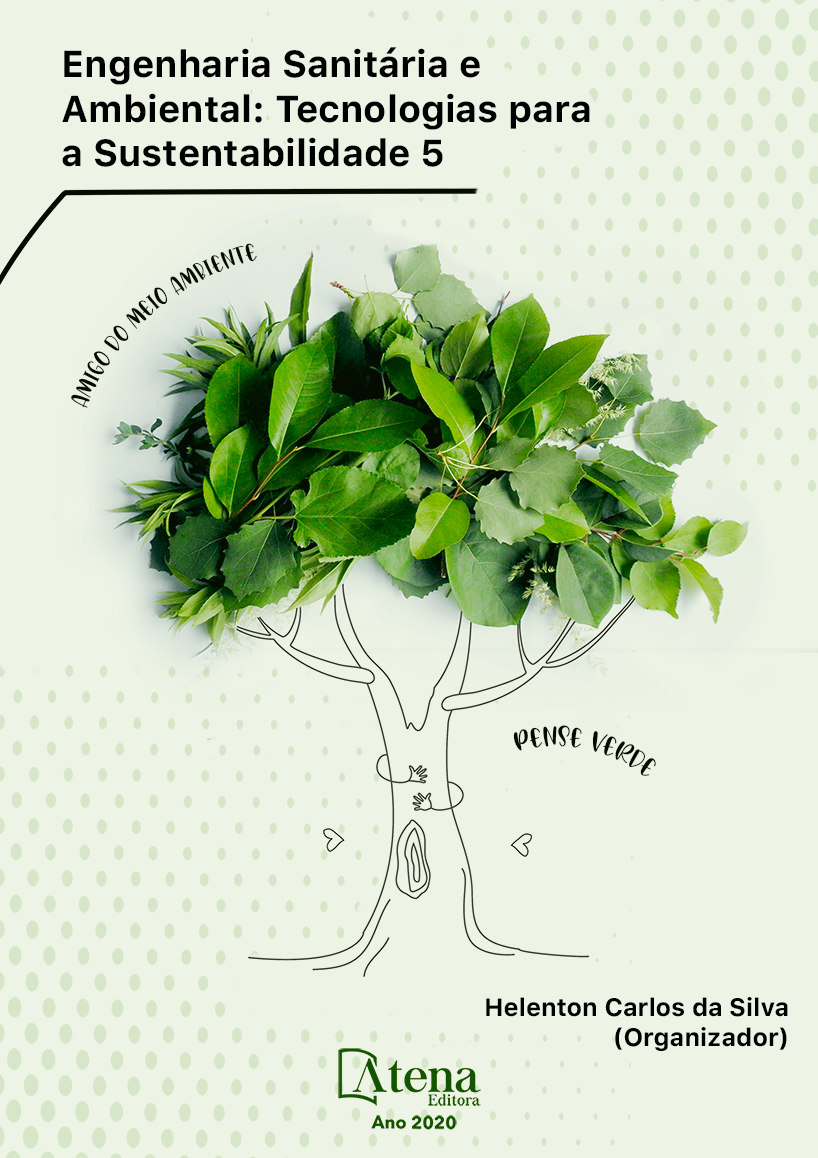
CONCENTRAÇÃO DE METAIS PESADOS NOS SEDIMENTOS DA BACIA HIDROGRÁFICA DO RIO PONTE GRANDE NO MUNICÍPIO DE LAGES/SC
Os sedimentos de fundo constituem um compartimento importante na avaliação da qualidade dos ecossistemas aquáticos e a intensidade dos impactos que estão submetidos. Objetivou-se com este trabalho quantificar os metais cádmio (Cd), cromo (Cr), cobalto (Co), cobre (Cu), chumbo (Pb), zinco (Zn), níquel (Ni) e prata (Ag) presentes nos sedimentos da bacia hidrográfica do Rio Ponte Grande, localizado na área urbana e rural do município de Lages/SC. Para representação de toda a área, foram definidos 24 pontos de coletas, correspondente a nove nascentes, treze entroncamentos e dois pontos intermediários. Coletou-se amostras na secção transversal do curso d’água, margem direita e esquerda, em uma profundidade de 0-10 cm, as quais foram homogeneizadas e retiradas uma alíquota de amostra composta para cada ponto amostral. A determinação dos metais foi realizada por Espectrometria de Absorção Atômica de Alta Resolução com Fonte Contínua (AR-FC EAA), seguindo a metodologia 3050B (USEPA). Os sedimentos superficiais apresentaram concentrações de Zn, Pb, Cr e Ni para todos os pontos com médias de 137,60; 28,01; 86,14 e 7,69 mg/kg, respectivamente. No que tange a legislação, apresentaram concentrações acima do limiar nível 2 para o Cr e acima do limiar nível 1 para o Pb e Zn, valores estes, estabelecidos pela Resolução CONAMA n° 454/2012. Os maiores valores de Zn foram localizados na área urbana. Os metais Pb, Cr e Ni tiveram as maiores concentrações em pontos localizados na área rural, principalmente em nascentes, podendo-se inferir um enriquecimento geoquímico. Entretanto, as atividades antrópicas realizadas ao entorno podem estar contribuindo para o aumento das concentrações das espécies metálicas, sendo necessário seu monitoramento.
CONCENTRAÇÃO DE METAIS PESADOS NOS SEDIMENTOS DA BACIA HIDROGRÁFICA DO RIO PONTE GRANDE NO MUNICÍPIO DE LAGES/SC
-
DOI: 10.22533/at.ed.5722001075
-
Palavras-chave: Uso e ocupação do solo. Contaminação. Sedimentos fluviais. Metais-traços.
-
Keywords: Land use and occupation. Contamination. Fluvial sediments. Metals-traces.
-
Abstract:
The bottom sediments are an important compartment in the evaluation of the quality of the aquatic ecosystems and the intensity of the impacts that they undergo. Due to these fact, the present study aimed to quantify the metals cadmium (Cd), chromium (Cr), cobalt (Co), copper (Cu), lead (Pb), zinc (Zn), nickel (Ni) and silver (Ag) present in the sediments of the Ponte Grande River basin, located in the urban and rural area of the municipality of Lages/SC. To represent the whole area, 24 collection points were defined, corresponding to nine springs, thirteen junctions and two intermediate points. Samples were taken in the cross-section of the watercourse, right and left margin, at a depth of 0-10 cm with the use of a spatula, being samples homogenized and a composite sample aliquot was taken for each sampling point. The determination of the metals was carried out by Spectrometry of High Resolution Atomic Absorption with Continuous Source (HR-CS EAA), following the methodology 3050B (USEPA). The surface sediments presented concentrations of Zn, Pb, Cr and Ni for all the points with averages of 137,60; 28.01; 86.14 and 7.69 mg/kg, respectively. Regarding the legislation, they presented concentrations above the threshold level 2 for Cr and above the threshold level 1 for Pb and Zn, values established by CONAMA Resolution n° 454/2012. The metals Pb, Cr and Ni had the highest concentrations in points located in the rural area, mainly in springs, being able to infer a geochemical enrichment. However, the anthropic activities carried out in the surroundings may be contributing to the increase in the concentrations of the metallic species, and their monitoring is necessary.
-
Número de páginas: 18
- Valter Antonio Becegato


